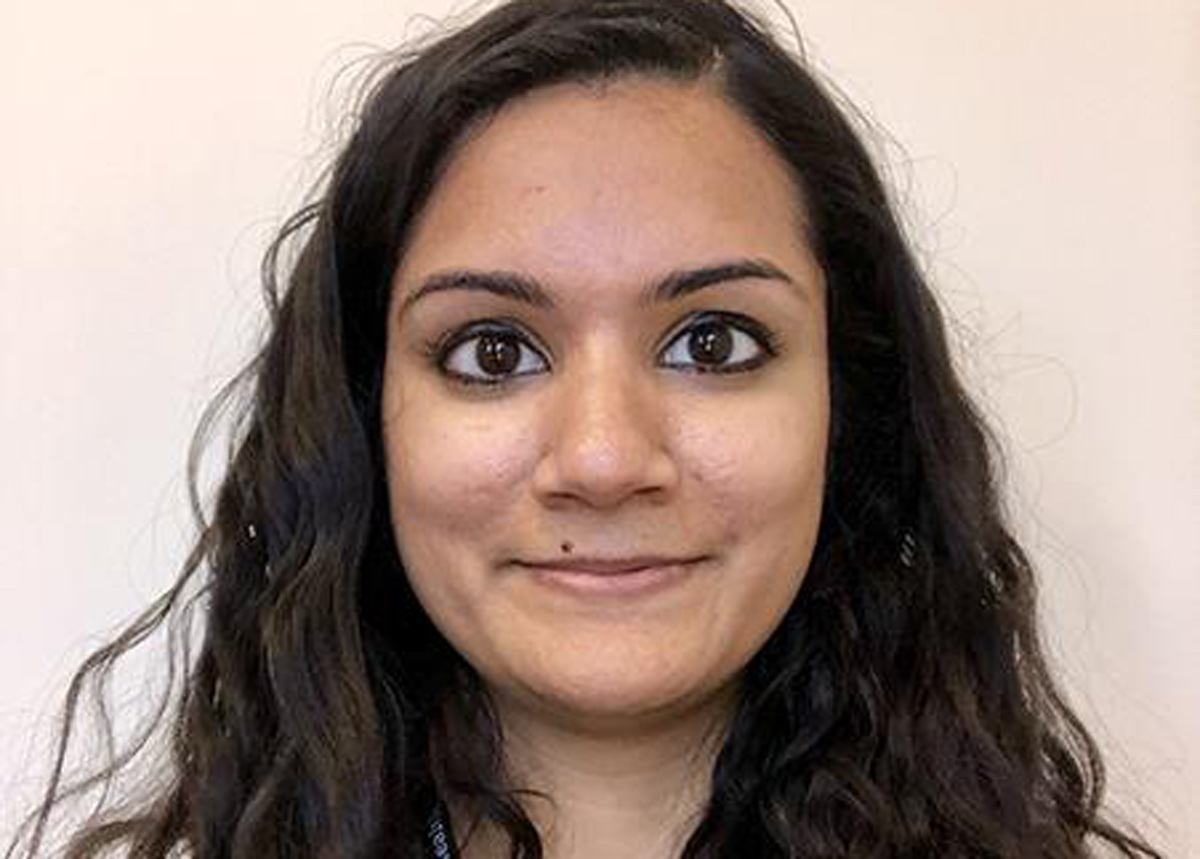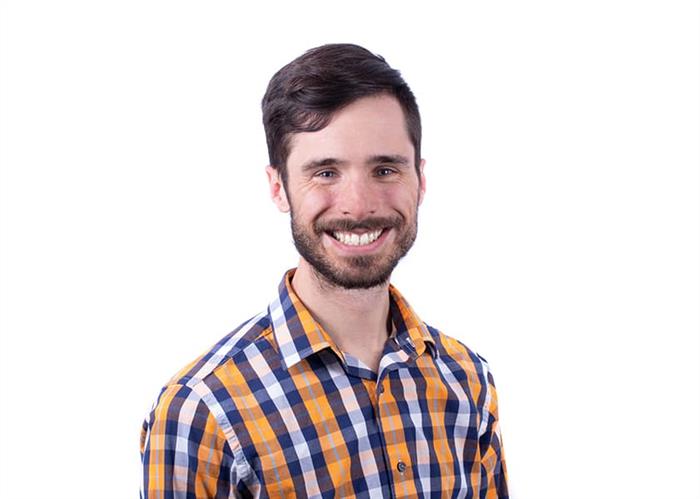Faculty Resources
Department of Biostatistics & Informatics
Faculty spotlight

Krithika Suresh, PhD
Assistant Professor

Alex Kaizer, PhD
Associate Professor
Why join our team
The Department of Biostatistics & Informatics of is part of the new and growing Colorado School of Public Health and is actively involved on research across our campus. Specifically the University of Colorado Anschutz Medical Campus includes active research at a pediatric hospital, adult hospital, the VA, and basic science research programs across campus. This provides incredible opportunities for collaboration across the lifespan and translational research spectrum.
In addition to all the typical reasons people choose to move to Colorado (beautiful mountains, various fun activities, etc.), our faculty choose join the department in Colorado because of the people. Based on first impressions, individuals who visit immediately feel the sense of community that is within our departments.
For faculty looking for their first position post-graduation, our department provides a supportive and collaborative research environment that fosters growth. The Colorado School of Public Health is a relatively young school with great potential and growth which is the perfect environment to build a research portfolio in biostatistics.
What makes us unique
Our department has several features that make it unique relative to other biostatistics and informatics departments in the country. We are part of the Colorado School of Public Health, which spans three separate universities across Colorado, which provides additional opportunities for research and collaboration.
The research opportunities that are offered by being part of the school cover a broad range of interests and support for different career trajectories (e.g., collaborative research through CIDA and the BERD, more traditional methods research within the department, etc.). Due to this range of opportunities, we have a mix of interests and expertise all in one place: biostatistics, informatics, data science, and a collaborative center (CIDA) all housed together.
Our department, housed within the Colorado School of Public Health, is in a newly renovated space in a historic building on campus that is both centrally located and steeped in historical significance as an old military hospital. We operate at the intersection of three major hospitals making the department accessible to a large number of scientists who need statistical help for their cutting-edge research.
The department is quickly growing but maintains a very strong sense of community. The atmosphere is highly cooperative and allows the creation of positive and meaningful relationships that extend outside of work.
Supporting new faculty
The department supports new faculty members by facilitating connections across the campus to help build a research portfolio, and by assigning faculty mentors to facilitate a transition for new faculty regarding the department, university, and processes. Faculty mentors are also a resource for new faculty to ask questions about career development and additional support.
Across the campus, professionals are willing to help make connections, share their ideas, and collaborate. These connections allow faculty members to follow their interests and integrate with others.
There are also plenty of opportunities to jump in and lead current and future initiatives.
Mentoring
The department has multiple means of supporting new faculty members and students.
Senior faculty mentors are partnered with a junior faculty member when they start. A formal faculty mentor combined with a culture of informal shared mentorship and collaboration aids in supporting new faculty with important questions by having someone who is available and willing to walk them through the answer.
These teams establish monthly meetings to discuss research ideas and any issues that arise. The department also has a large number of junior faculty, so peer-to-peer mentoring is a great source of support.
All faculty members are encouraged to mentor student research assistants. This student mentorship is where they get the opportunity help students engage and learn in a collaborative research environment.
Colorado
Beautiful Colorado boasts majestic mountains, a variety of outdoor and indoor activities for the adventurous and family alike, and continuous sunny days even in winter. The weather may seem as a deterrent to some, but Colorado has far less humidity than the midwest or east coast and the snow doesn’t linger too long in the metro area after it falls. There are some days that the morning commute will be snow-covered and then the drive home will be on dry roads with the sun shining.
Colorado has an estimated 300 days of sunshine. As biostatisticians, we will want to eventually collect the data to provide a definitive day count, but as Coloradans we can attest that it’s enough sunny days to go out and enjoy the beautiful state.
Colorado is also a wonderland for outdoor activities between hiking, climbing, skiing, running, mountain biking, and more; a hot brewery and dining scene in Denver; and connections around the country through the Denver International Airport. The campus is multi-modal with respect to transportation with decent bike infrastructure from Denver to campus, public transit that comes to campus, or being able to drive and park on campus.


